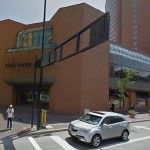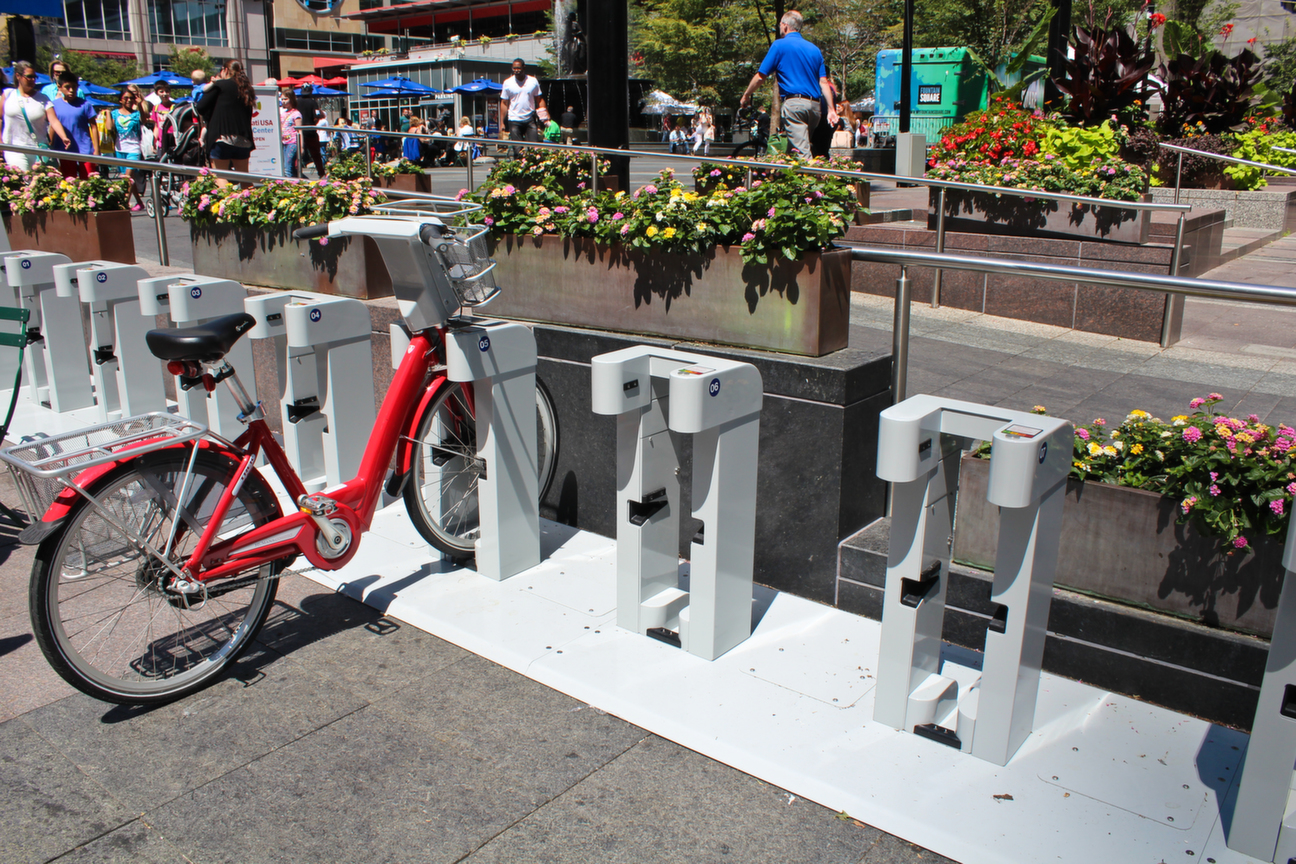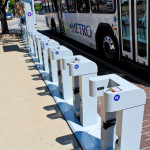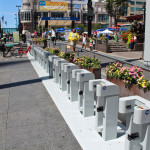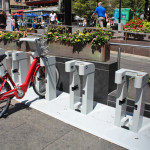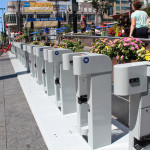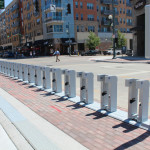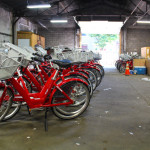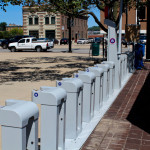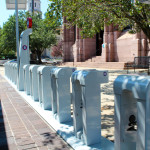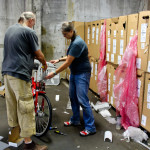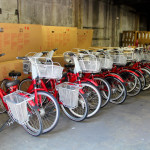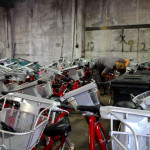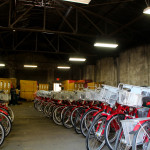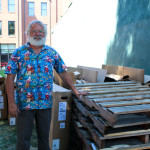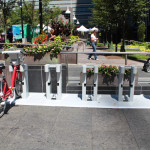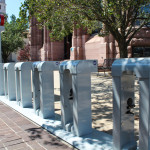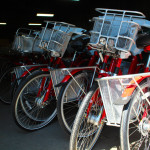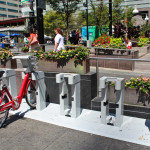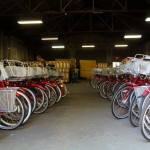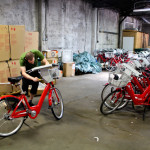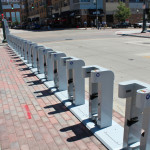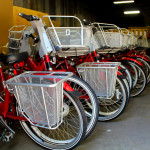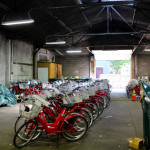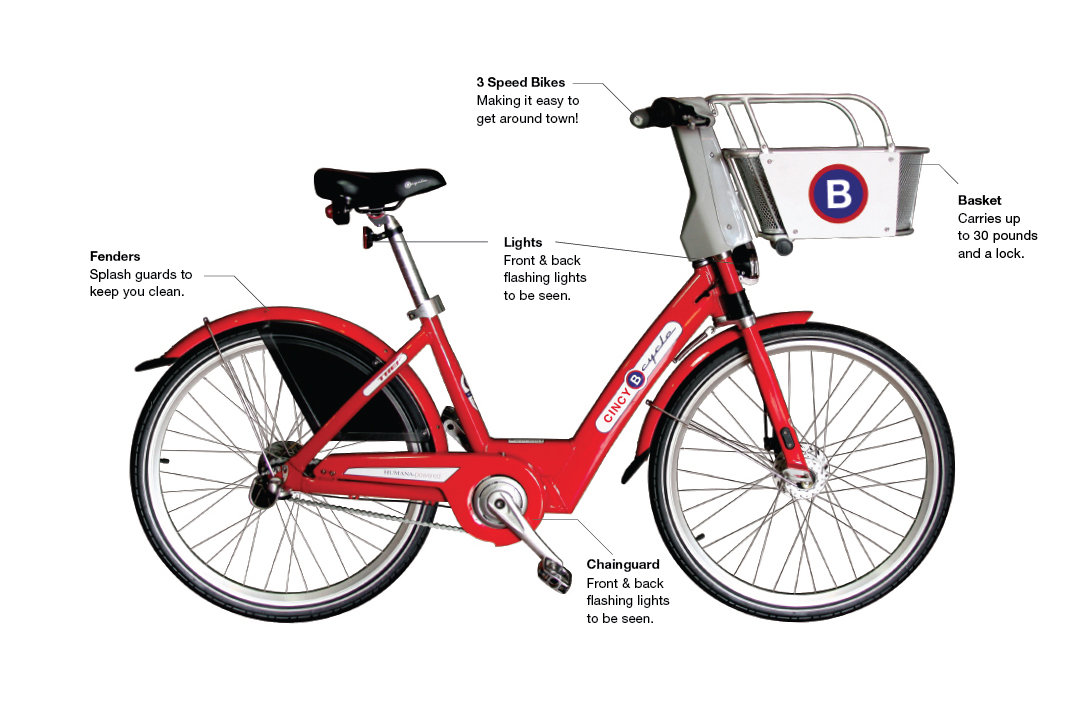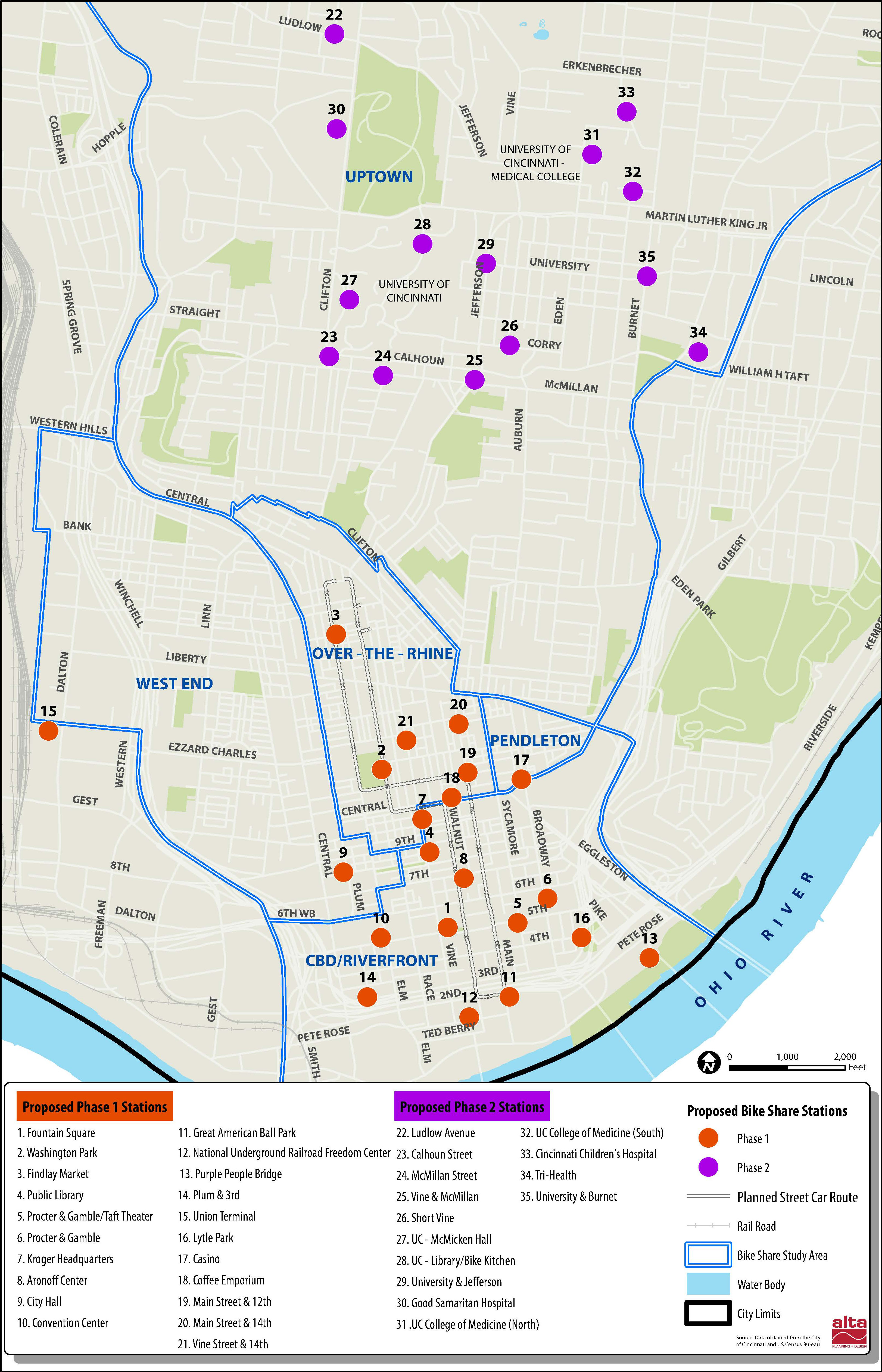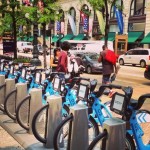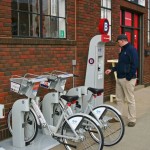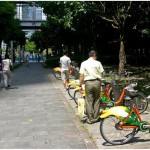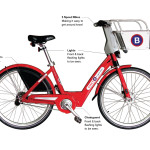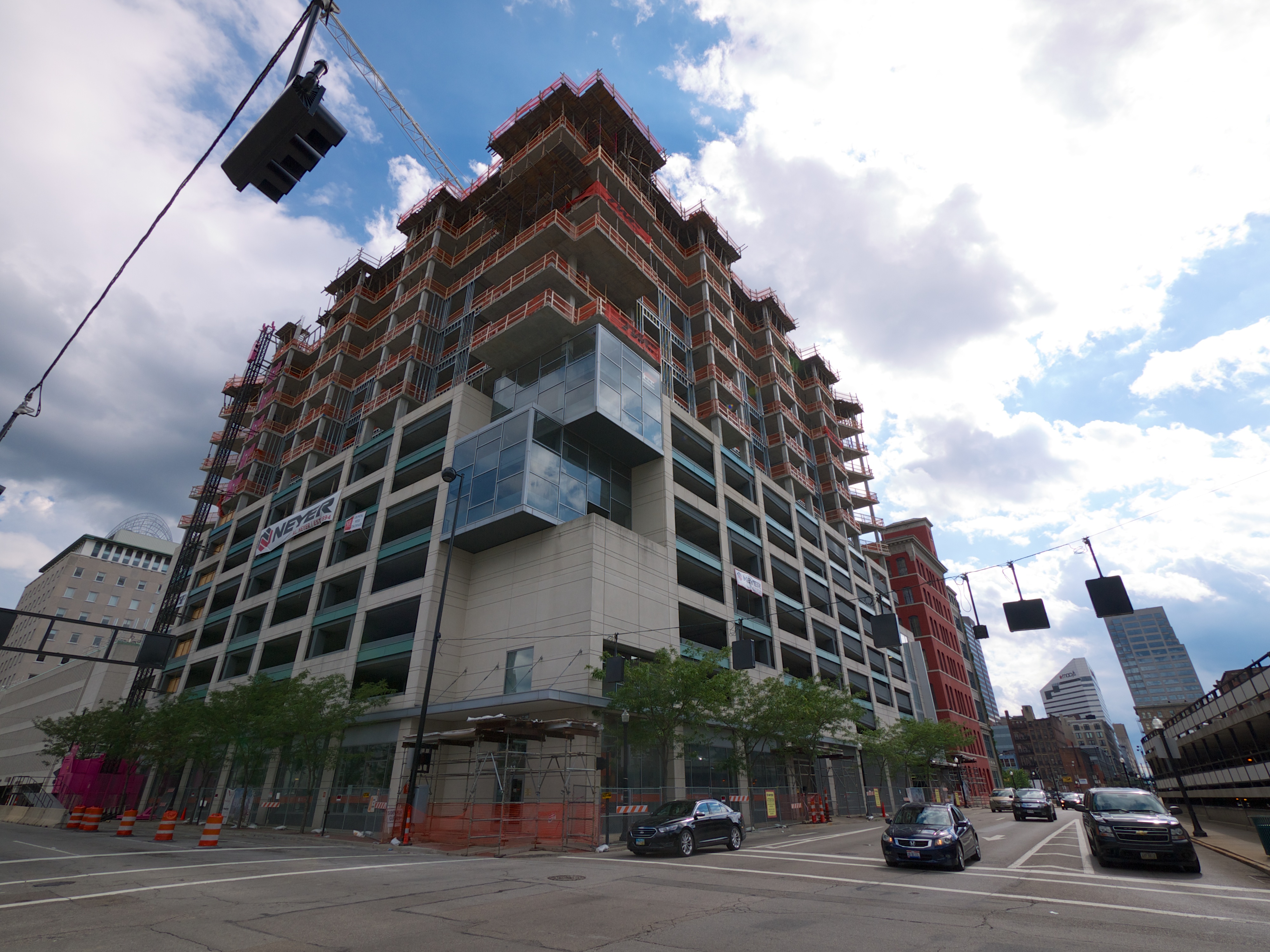News spread quickly yesterday that the deal for Saks Fifth Avenue to relocate from downtown Cincinnati to Sycamore Township at the new $200 million Kenwood Collection had fallen through.
The announcement drew immediate speculation about what happened and where the high-end department store might locate instead, if anywhere at all. Since representatives at Saks Fifth Avenue have been mum during the whole process, little information is known about what will happen in 2016 when they had been expected to relocate to Kenwood.
Here’s what we do know.
The current Saks Fifth Avenue store downtown opened in 1983 and was renovated in 1996 and again in 2003 thanks to $8.7 million in city funds. The 2003 renovation also included a stipulation that Saks extend the lease for their downtown Cincinnati store for 15 years (2018), and not open another store within 30 miles for at least seven years (2010). For what it’s worth, Kenwood Collection is located approximately 11 miles from Fountain Square.
The terms of that 2003 agreement, however, are a bit murky. According to the Business Courier,
Part of the agreement with the city says Saks can be released if “Saks sells the Saks store on the property to an entity which acquires the majority of the Saks stores then located in the states of Ohio, Michigan, Illinois, and Pennsylvania.” Toronto’s Hudson’s Bay Co. acquired Saks in a deal that closed at the beginning of November.
The clause basically appears to give Saks an out on their lease agreement that would otherwise keep them at 101 W. Fifth Street until 2018. While the existing store is 72,640 square feet, Saks had reportedly signed a letter of intent with Kenwood Collection for a slightly larger 80,000 square-foot space.
The rumors following yesterday’s announcement largely discussed one of three potential scenarios: 1) Saks closes its only store in the Cincinnati region as it has done in other mid-sized markets; 2) Saks relocates into the retail space at the $140 million dunnhumby Centre, which, interestingly enough, was to become the home of a Maison Blanche in 1998 and then eyed for a Nordstrom in 2000; or 3) Saks relocates into the retail space at a restructured unnamed development at Fourth/Race.
The first scenario is something that would be very difficult to predict, but the second and third scenarios present interesting opportunities and challenges.
The biggest challenge with Saks moving across the street into the dunnhumby Centre is that it only has 30,000 square feet of retail space. Since the building is already far along in construction, it seems unlikely that the development team would be able to modify it in a manner to provide an additional 50,000 square feet of space for Saks.
The unnamed development at Fourth/Race had a grocery store lined up to occupy its even smaller 20,000 square feet of retail space, but that development agreement has since been substantially restructured and is currently being reworked. This leaves open the possibility that Flaherty & Collins and the Cincinnati Center City Development Corporation (3CDC) could adjust the design as to accommodate Saks.
In both of these cases it would allow for the redevelopment of Saks’ existing structure at the southwest corner of Fifth and Race Streets. This would prove to be important in order to clear the way for developers to build a new residential high-rise in its place. Both of these options would also keep Saks within a block of Macy’s 180,000 square-foot downtown store, and along the stretch of Race Street that city officials hope to turn into a shopping corridor.
The combined demolitions of the aging Pogue’s Garage and existing Saks Fifth Avenue store would also allow for the removal of two to three skywalks/bridges over Race Street.
Of course, there is one more option. Saks could simply stay where they are and live out their lease through 2018, or even renew it beyond that.
CORRECTION: In the original story it was incorrectly stated that the existing Saks Fifth Avenue store in downtown Cincinnati is 185,000 square feet. The store is actually 72,640 square feet.



